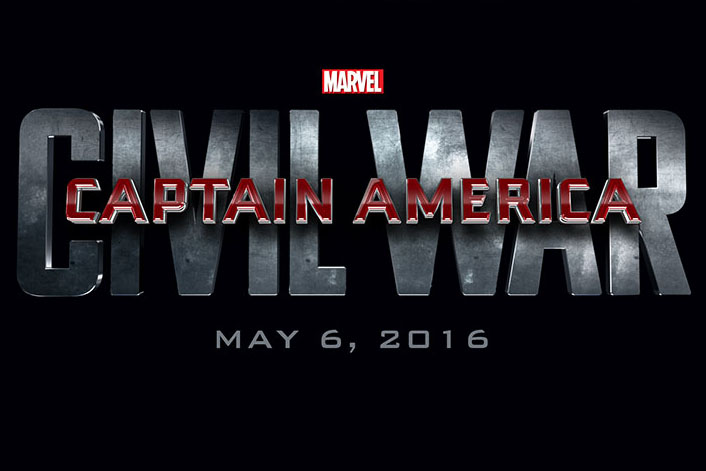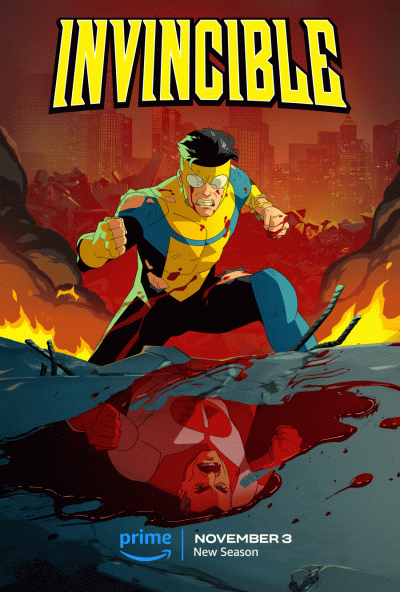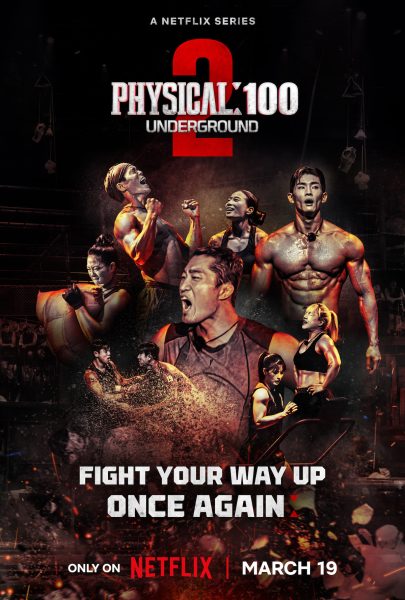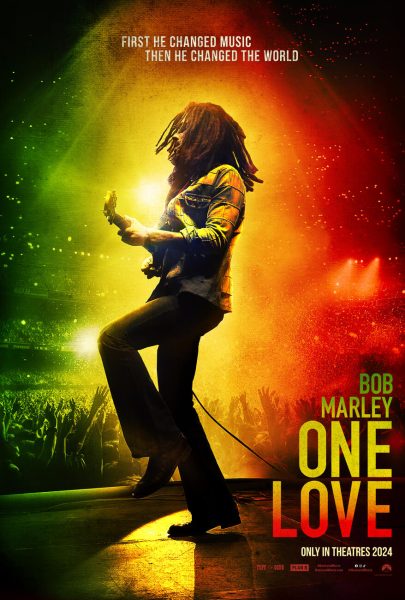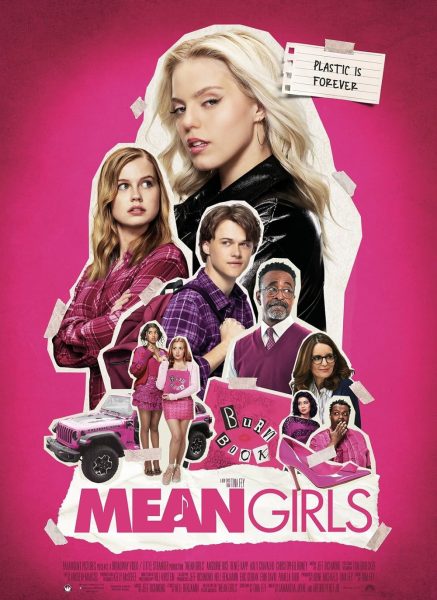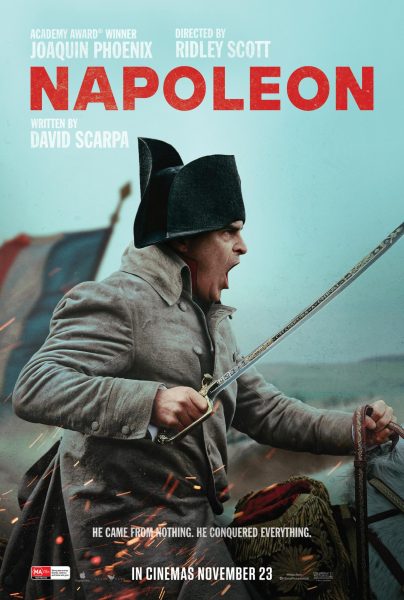Review: ‘Civil War’ bridges generational gap
Third installment of Captain America exceeds expectations
The Marvel Cinematic Universe has been drawing in large crowds for years, from the group movies, The Avengers (2012) and Avengers: Age of Ultron (2015), to the individual films, such as Thor (2011) and the first Iron Man (2008). Marvel consistently releases superhero movies that span generations and make millions.
One of the most well-received segments of the franchise, Captain America, released its third individual movie this weekend, Captain America: Civil War. The movie has been highly anticipated for months now, with a constant trend of tweets from fans calling themselves #teamironman and #teamcap. ![]() Loading ...
Loading ...
Because of all of the excitement and hype surrounding the movie, there was a strong chance of disappointment, however, it succeeded in entertaining both avid Marvel fans and average moviegoers alike.
After the events of Avengers: Age of Ultron where the city of Sokovia was completely demolished in the battle against Ultron, the Avengers are left to deal with the backlash from their actions. The focus of the plot is on the divide between Iron Man and his team who support the regulation of the Avengers through the Sokovia Accords, a document giving control of the team to the United Nations, and Captain America and his team who are against the accords.
The gap is widened when Captain America realizes his best friend from when he was younger, James Buchanan “Bucky” Barnes, will be imprisoned for his actions as the Winter Soldier. Although he was brain washed by the Soviet Union to do the things he did as the Winter Soldier, many people still want him to be punished.
While the plot focuses on the main divide, many other people are introduced who were extremely affected by Sokovia and hold strong grudges against the Avengers for their involvement. The whole group is faced with the consequences of their mistakes and must face how their powers can hurt the world.
The opening fight scene manages to keep the audience engaged, while still adding to the plot. As the storyline begins to unfold and the divide appears, the fights become more frequent and even more impressive. From intense motorcycle moves that make the entire theater gasp, to awe-inspiring acrobatics, there’s never a dull moment.
The entire two and a half hour run time was filled with constant action that never left the audience bored. While there were occasional moments that were not the most interesting or memorable, they were always necessary to advance the plot or introduce important characters, such as Black Panther.
Despite the amazing work, there were a few problems that weren’t left unnoticed. The fight sequences, while entertaining, were often dizzying with constant camera movements and pans that shifted the center of attention too often and caused way many headaches.
Even though it was great to see all of the Marvel characters (minus the Hulk and Thor) interacting together, with of the inclusion of so many characters it felt more like a third Avengers movie than a third Captain America movie. With all the jumping from character to character and subplot to subplot, it was enough to confuse and annoy the audience. There were too many large events and not enough development of each scene to make the movie seem as natural as Marvel usually does.
Overall, the movie received an 8.5 on IMDb as of three days after the release; it was a jump up from the 7.8 the preceding Captain America: The Winter Soldier received, and the 6.8 Captain America: The First Avenger got. The movie improved on many aspects that the past two lacked, but was still a true Marvel film.



